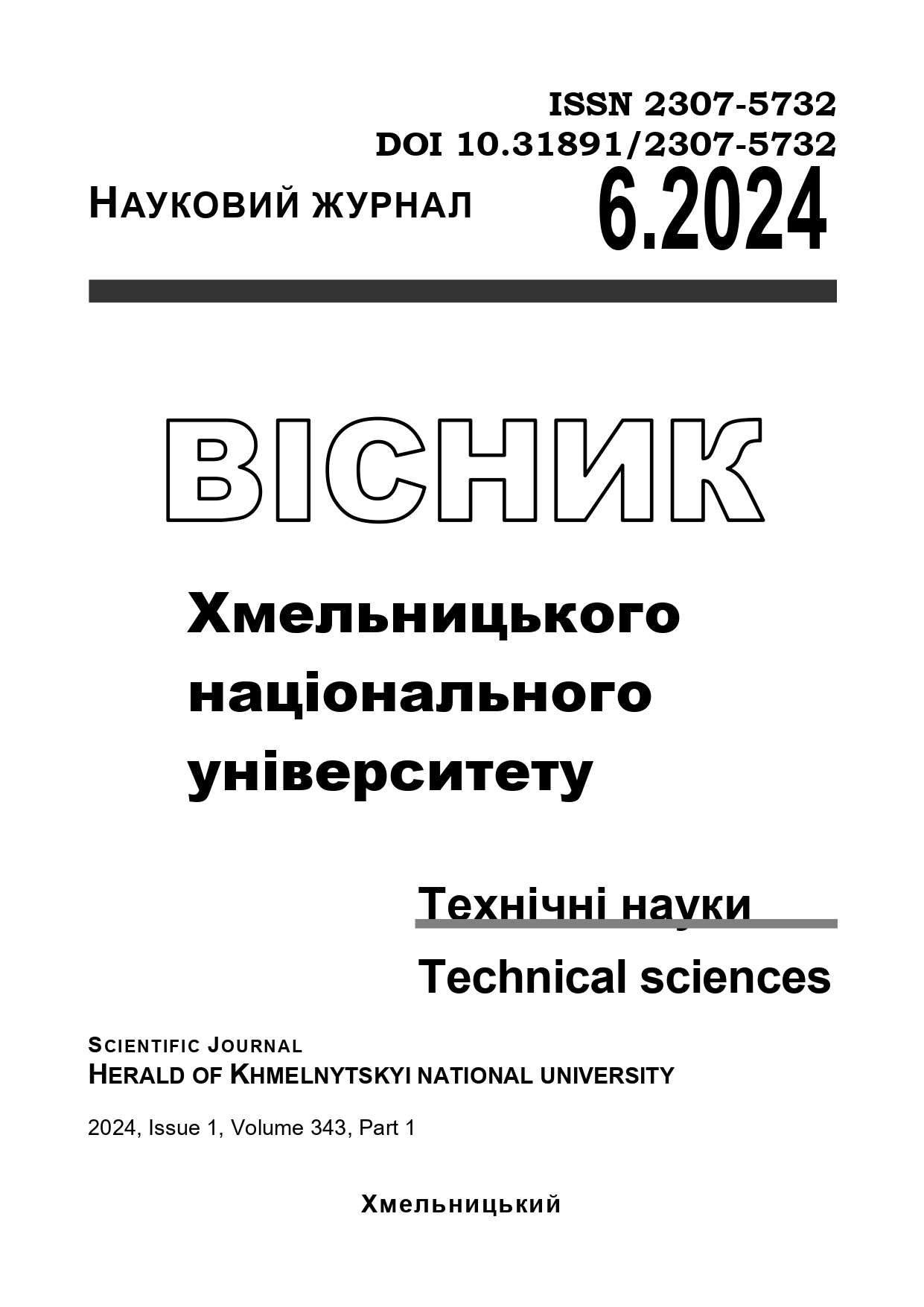INTEGRATION OF PIEZOELECTRIC GENERATORS IN SHOES
DOI:
https://doi.org/10.31891/2307-5732-2024-343-6-20Abstract
The research aims to integrate piezoelectric generators into shoes to convert mechanical energy generated during human activity into electrical energy. For this purpose, the rational arrangement of piezoelectric elements in shoes was determined, considering the distribution of pressure on the foot and the anatomical and morphological structure. Using a 3D scanner (INFOOD), anthropometric parameters, contour and footprint of the foot were obtained. Based on the obtained footprint, taking into account the anatomical features of the foot, the contour of the insole was formed, and the rational area for the location of the piezoelectric generators was determined.
To develop a prototype of a piezoelectric generator for integration into footwear, ceramic-type PZT piezoelectric elements were selected, which generate energy from mechanical impact.
It was determined that charging a 2F capacitor required six PZT piezo elements placed on the insole in the heel impression area, about 1200 steps, to raise the voltage from 0 to 2V. But it took 5000 steps to raise the voltage to 4V.
The integration of piezoelectric generators into footwear revealed several limitations to its implementation. First, the selected ceramic-type PZT piezoelectric elements are fragile. Second, to reduce the voltage drop to a minimum level, the electronic components must be optimized, and DC-DC converters must be used. Third, it was found that increasing the ceramic disks' connection points leads to improved output power stability. Therefore, the electrical connection diagram of the PZT generator requires careful refinement. Fourth, during the testing of the integrated system with piezoelectric generators in footwear, the pressure changed in different places of the insole, which caused the problem of synchronization of the PZT generators. This problem was partially solved by selecting a material for the upper layer of the insole, which evenly distributed mechanical energy to different PZT generators.
This study showed that the electricity generated during human walking can be effectively stored in hybrid capacitors by integrating piezoelectric cells into shoes. This opens up new prospects for powering portable devices, contributing to energy conservation and developing alternative energy sources.

